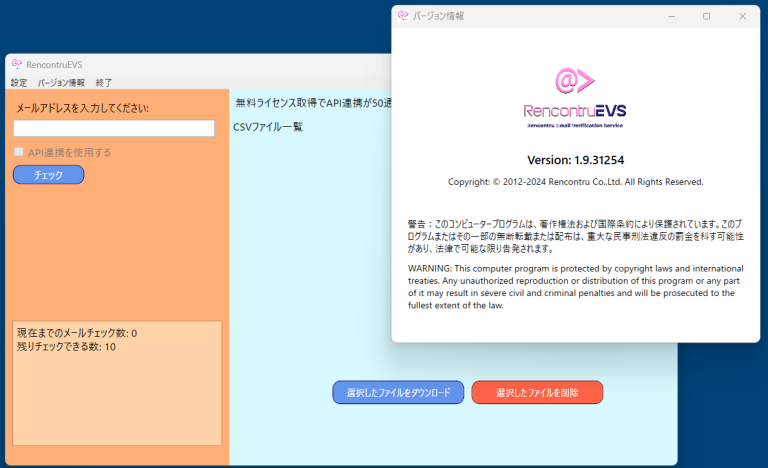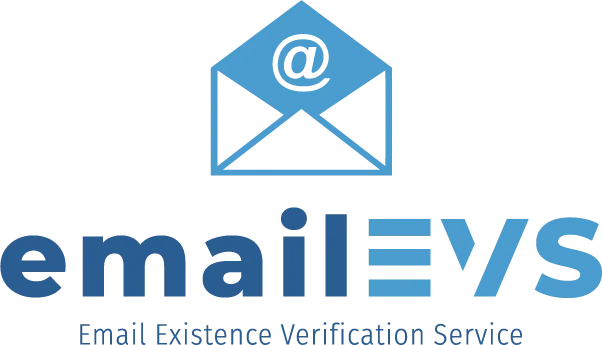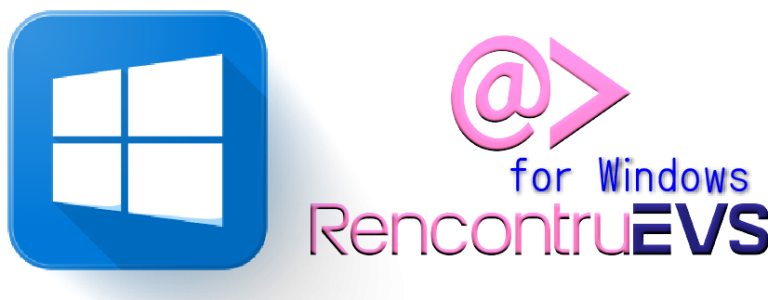Part 1: Revolutionary Email Technology – Making the Impossible Possible
Why Enterprise Email Systems Need Innovation
In today’s business environment, email serves as the critical communication infrastructure that can be considered the lifeline of enterprises. However, traditional email systems have suffered from serious technical constraints, namely the long-standing principle of “one domain equals one email server.”
This constraint has caused many enterprises to face the following serious problems. First, there’s the single point of failure issue. When the main email server experiences a failure, all of the company’s email functionality comes to a complete halt. This represents a critical vulnerability in modern business continuity.
Next, there’s the difficulty in load distribution. Traditional systems made flexible scaling extremely difficult when faced with corporate expansion or increased email usage. During peak times, insufficient processing capacity led to frequent email delivery delays and failures.
Furthermore, geographical constraints posed significant challenges. Global enterprises wanted to distribute email servers across various locations worldwide to improve response times, but technical limitations made this impossible to achieve.
Technical Limitations of Traditional Systems
Let’s explore the technical background behind why conventional email systems possess these constraints.
In DNS MX record configuration, while you can specify multiple email servers with different priorities for a single domain, these were primarily limited to backup functionality. They couldn’t handle actual load balancing or geographical distribution.
Due to SMTP (Simple Mail Transfer Protocol) specifications, email delivery basically follows MX record priorities. When the highest priority server is available, other servers remain unused. This made true load balancing impossible to achieve.
Mailbox management also presented problems. User mailboxes were fixed to specific servers, making access from other servers technically difficult. This complicated sharing and synchronization of user data between servers.
1dallmail.com Project’s Revolutionary Approach
To solve these fundamental problems, we developed a completely new approach: the revolutionary technology of “multiple email servers operating simultaneously under a single domain” – a feat previously considered technically impossible.
The heart of our developed system lies in the combination of virtual domain technology and intelligent relay architecture. We fundamentally redesigned traditional DNS-based email delivery systems and implemented dynamic routing capabilities.
Specifically, this technology enables emails sent and received through a domain like example.com to be properly distributed across multiple physically distinct servers. This technology simultaneously achieves true load balancing, geographical distribution, and high availability.
Basic System Architecture Design
The basic architecture of our new system consists of the following elements:
A main relay server plays the central role, initially receiving all incoming emails. It then forwards emails to optimal processing servers based on our proprietary routing algorithms.
Each processing server has dedicated functions. Some specialize in sending processes, while others focus on receiving processes. Additionally, geographically distributed servers enable global delivery optimization.
An integrated authentication system provides the same user experience regardless of which server users access. Mailbox contents are synchronized across all servers, allowing users to view the same emails regardless of which server they access through.
First Implementation Steps and Quantum Entanglement Technology Application
The first phase of system development began with Proof of Concept (PoC). We applied quantum entanglement theory-based virtual space processing technology (※Patent Pending) to build revolutionary mechanisms that maintain email addresses like user@domain.com as quantum states while properly routing them across multiple servers.
The core of this technology lies in information processing utilizing quantum entanglement states between unified domains and distributed servers. We achieved “lossless information transfer across multiple servers,” previously impossible with classical email systems, through quantum teleportation-type information transmission mechanisms.
Initial testing started with email transfers between two servers based on quantum entanglement conservation laws, gradually increasing server count to verify load balancing effectiveness. Results confirmed exponentially improved processing capabilities compared to traditional systems, with dramatically enhanced fault tolerance through quantum advantages.
Our next article will explore the detailed mechanisms of this domain transformation technology and specific implementation methods using Postfix, including code examples to provide practical information for technical professionals.




